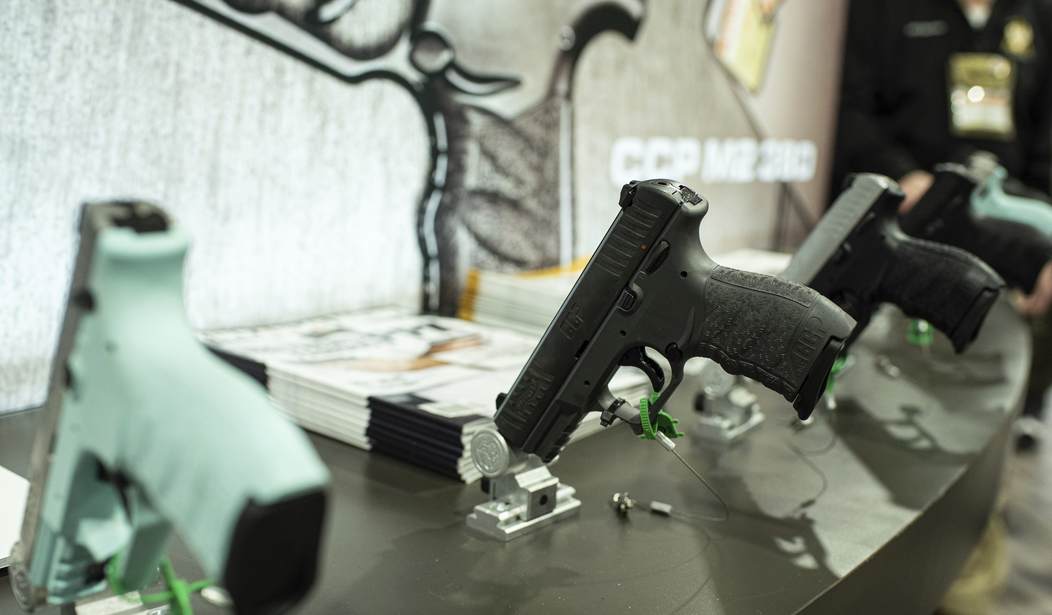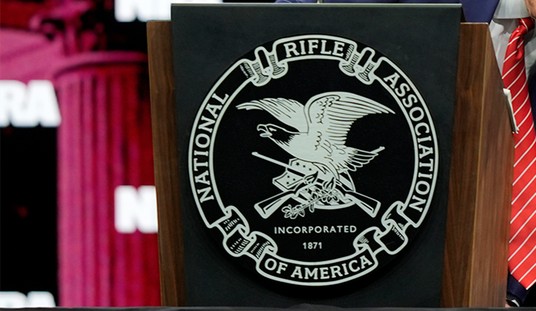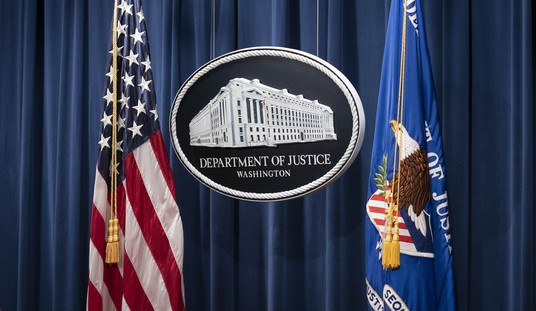As the Supreme Court considers accepting a case dealing with whether those subject to a domestic violence restraining order can be barred from possessing firearms, more legal challenges to the blanket prohibition on gun ownership for those convicted of felony offenses are bubbling up in courtrooms across the country.
This week a three-judge panel on the Seventh Circuit Court of Appeals ruled 2-1 that 64-year-old Patrick Atkinson can proceed with a lawsuit that seeks to restore his Second Amendment rights decades after he pled guilty to mail fraud back in 1998. For that crime Atkinson was sentenced to two years probation and 200 hours of community service along with six months of home detention, but also forevermore lost his right to keep and bear arms. Atkinson sued last year seeking to have his rights restored but a district court judge tossed out his lawsuit, noting that the Seventh Circuit had previously rejected at least two cases dealing with Atkinson’s argument that the federal statute is unconstitutional.
The three judge panel who heard Atkinson’s appeal, on the other hand, ruled that the Supreme Court’s decision in Bruen does open the door for Atkinson to press his claim, and remanded the case back to district court for a do-over.
… Bruen announced a new framework for analyzing restrictions on the possession of firearms. No longer, the Supreme Court made clear, can lower courts balance interests—of an individual’s right to possess a firearm and the state’s commitment to promoting personal or public safety—to resolve the constitutionality of the challenged restriction. The new approach anchors itself exclusively in the Second Amendment’s text and the pertinent history of firearms regulation, with the government bearing the burden of “affirmatively prov[ing] that its firearms regulation is part of the historical tradition that delimits the outer bounds of the right to keep and bear arms.”
The Supreme Court decided Bruen after the district court faithfully applied our precedent and rejected Patrick Atkinson’s Second Amendment challenge to § 922(g)(1). The parties’ briefing on appeal only scratches the surface of the historical analysis now required by Bruen. In these circumstances, we think the best course is to remand to allow the district court to undertake the Bruen analysis in the first instance.
The Seventh Circuit decision doesn’t guarantee that Atkinson is going to win his case now that it’s been revived, but the panel did make it clear that the question posed by Atkinson is a live legal issue: just who are “the people” whose right to keep and bear arms shall not be infringed.
Since oral argument, the government has also urged us to conclude, without any historical analysis, that the plain text of the Second Amendment does not cover felons.
Bruen left this complicated issue unresolved. Although we analyzed the scope of the Second Amendment right before Bruen, we have not re-turned to the issue since then. See United States v. Meza-Rodriguez, 798 F.3d 664, 669–72 (7th Cir. 2015) (defining “the people” for purposes of the Second Amendment as members of the national community with substantial connections to the country). We cannot resolve the issue without the benefit of more substantial briefing on remand.
Does § 922(g)(1) address a “general societal problem that has persisted since the 18th century?” If this problem existed during a relevant historical period, did earlier generations address it with similar or “materially different means?”What does history tell us about disarming those convicted of crimes generally and of felonies in particular? Among other sources, the parties could look to commentary from the Founders, proposals emerging from the states’ constitutional ratifying conventions, any actual practices of disarming felons or criminals more generally around the time of the Founding, and treatment of felons outside of the gun context (to the extent this treatment is probative of the Founders’ views of the Second Amendment). When considering historical regulations and practices, the key question is whether those regulations and practices are comparable in substance to the restriction imposed by § 922(g)(1). To answer the question, the district court and the parties should consider how the breadth, severity, and the underlying rationale of the historical examples stack up against § 922(g)(1).Are there broader historical analogues to § 922(g)(1) during the periods that Bruen emphasized, including, but not limited to, laws disarming “dangerous” groups other than felons? The parties should not stop at compiling lists of historical firearms regulations and practices. The proper inquiry, as we have explained, should focus on how the substance of the historical examples compares to § 922(g)(1).If the district court’s historical inquiry identifies analogous laws, do those laws supply enough of a historical tradition (as opposed to isolated instances of regulation) to support § 922(g)(1)? On this front, the parties should provide details about the enforcement, impact, or judicial scru-tiny of these laws, to the extent possible.If history supports Atkinson’s call for individualized assessments or for a distinction between violent and non-violent felonies, how do we define a non-violent or a non-dangerous felony? And what evidence can a court consider in assessing whether a particular felony conviction was violent? For instance, can a court consider the felony conviction itself, the facts of the underlying crime, or sentencing enhancements? Bruen shows that these distinctions should also have firm historical support. See 142 S. Ct. at 2132–33 (explaining that the court must assess whether modern and historical regulations are “relevantly similar,” including in terms of how and why the regulations burden gun rights)








Join the conversation as a VIP Member